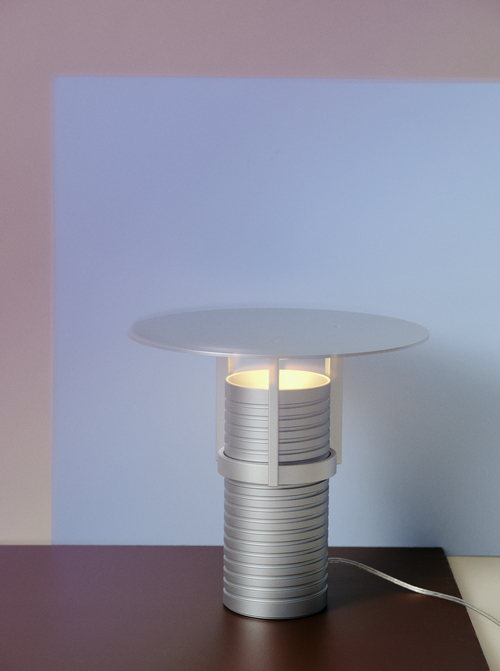1. Create your own brief
“Reach out to people. You do not have to be approached by someone to pitch a project. Try to create your own brief, solve it, and send the resulting idea to a brand or manufacturer you would like to work with. It is a way of establishing a relationship, and if you get a no today, at least you are introduced—you are in the conversation.
You may be trying to get a design into production but it’s incredibly important that you don’t forget yourself. "Making objects rather than renderings really helps – having this physical thing that is yours, no matter who does or doesn't produce it.”










